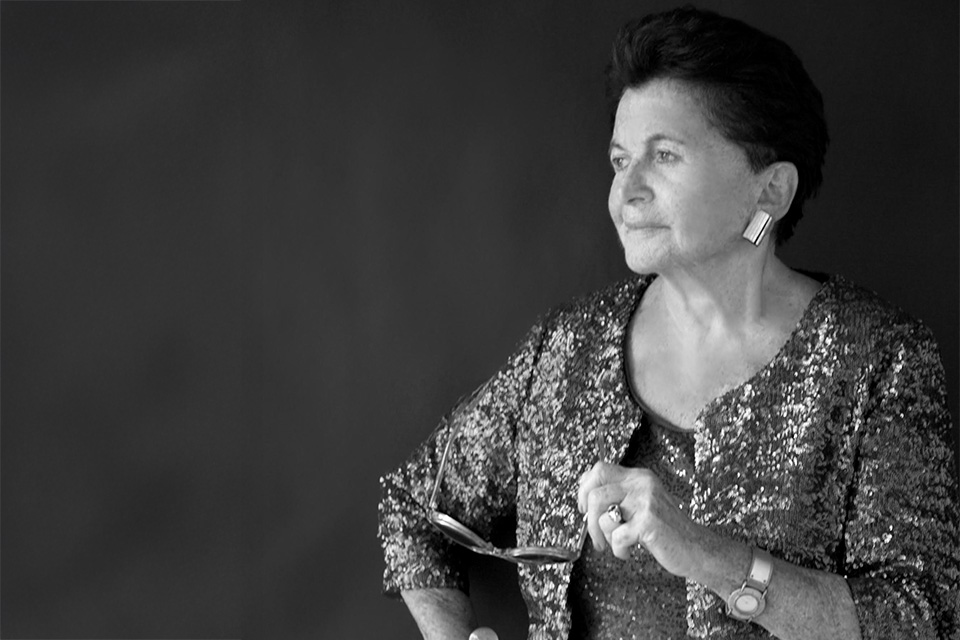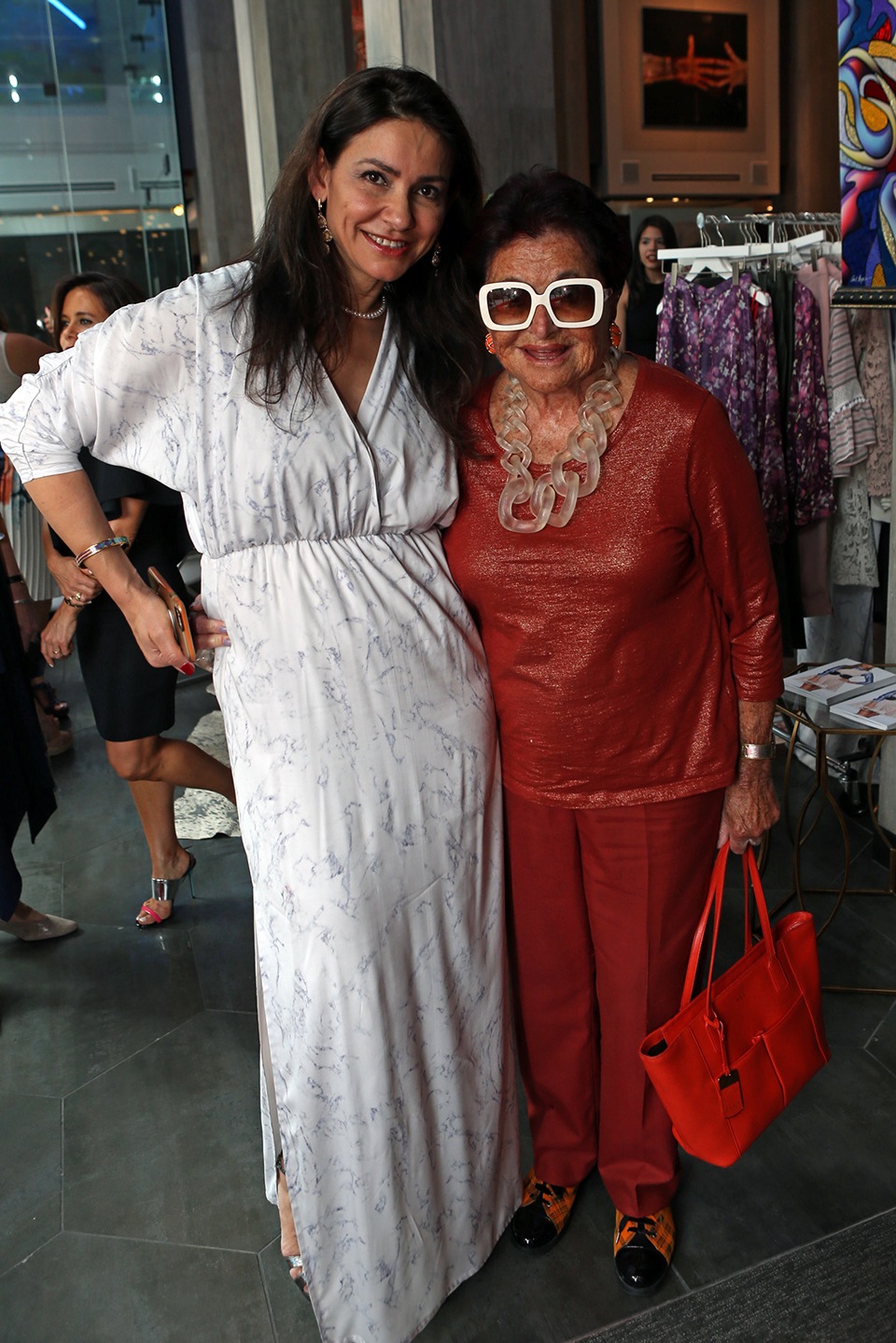Remembering Boston Fashion Icon Doris Yaffe
As MassArt honors the late activist this month, a look back at how the grand dame of style turned the city’s society scene into her personal runway.

Photo by Cheryl Richards Photography
“You don’t know what you’re talking about; I was in fashion for 37 years.”
With that, Doris Yaffe would settle an argument with me and her legions of other friends and acquaintances, whether it had to do with politics, religion, or the length of a hem. Yaffe, who died last year at 94, was a grande dame, fashion icon, retail executive, outspoken social activist (long before the term existed), and fixture in Boston’s philanthropic and social circles.
And now, she’s officially a legend: On May 17, MassArt will honor her by dedicating its annual student fashion show to her and announcing an award in her name. It’s a fitting tribute, since the evening combines Yaffe’s passion for creativity, philanthropy, and mentoring young people. (As she stated until the day she died, she wasn’t terribly interested in anyone over the age of 25.)
Born into privilege, she was raised in Chestnut Hill and married young, had two sons, and then made the unconventional decision to go to work, serving as fashion director at Saks Fifth Avenue and eventually running her own PR firm. During the week, she lived at her place on Lewis Wharf, returning to Newton on weekends to play what she called “1950s housewife”—a commuter marriage that suited her independent spirit.

Doris Yaffe (left) at a fundraiser in 2016. / Photo by Stuart Cahill
Given to grand pronouncements, she called Boston “The provincial capital of America,” although she lived here her entire life. On first impression, she could come across as daffy, with a thick Boston accent, outlandish oversize sunglasses, and outfits that looked like they were made from Muppet fur. Yet people underestimated her at their own peril. She read multiple newspapers, cover to cover, daily, and had the penetrating curiosity of the foreign correspondent she always wanted to be. At a dinner party with a sitting president of an African nation, she confronted him directly: Did his country still allow ritual female circumcision? This fearlessness defined her. She used Black models in her runway shows during the height of Boston’s racial tensions and brought food and encouragement to the Occupy protesters on the coldest winter days.
More than anything, though, Yaffe was an enthusiast. She used superlatives lavishly, exclaiming, “I’ll never get over it as long as I live.” Throughout her life, she collected colorful characters wherever she went. In Spain, she befriended a Basque separatist she later learned was wanted by Interpol. In Negril, she danced on the beach with Bob Marley. In Paris, she dyed her hair purple at the age of eightysomething. She was utterly exhausting, routinely staying up until 3 or 4 in the morning.
The world, and certainly Boston, could use more Doris Yaffes. But of course, that’s the problem with an original. It can’t really be duplicated. So if it’s true that we’re all made of stardust, Doris Yaffe is that anomaly that astronomers may see through a telescope and say, We have absolutely no idea what that is.
A version of this story appeared in the print edition of the May 2025 issue with the headline, “Fashion’s Fearless Force.”


